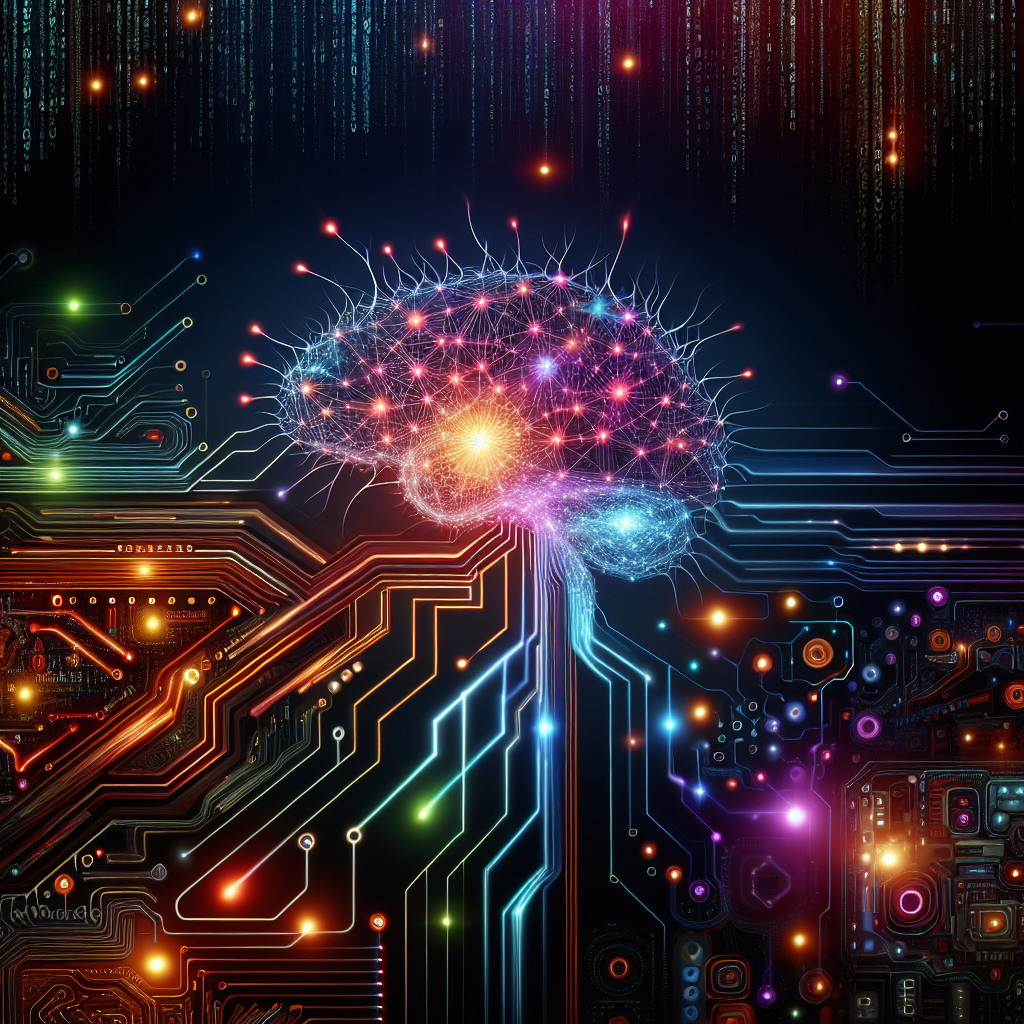Generative AI, also known as generative adversarial networks (GANs), is a type of artificial intelligence that is capable of creating new content based on patterns it has learned from a dataset. This technology has gained popularity in recent years for its ability to generate realistic images, music, text, and more. In this article, we will explore the basics of generative AI and delve into the possibilities and challenges of this cutting-edge technology.
Understanding Generative AI: The Basics
Generative AI is based on the concept of generative modeling, which involves creating new data that is similar to a given dataset. This is achieved through a process of training a neural network on a large dataset and then using that network to generate new content. Generative AI differs from other types of AI, such as discriminative AI, which is focused on classification and prediction tasks.
One of the key components of generative AI is the use of GANs, which consist of two neural networks – a generator and a discriminator. The generator is responsible for creating new content, while the discriminator evaluates the generated content to determine if it is real or fake. Through this adversarial process, the generator learns to create more realistic content over time.
Generative AI has a wide range of applications across various industries. In the field of computer vision, GANs can be used to generate realistic images, such as in the creation of deepfake videos or in image enhancement techniques. In the field of natural language processing, generative AI can be used to generate text, such as in the creation of chatbots or language translation systems.
Beyond the Basics: The Possibilities and Challenges
Generative AI holds great promise for a wide range of applications, but it also comes with its own set of challenges. One of the main challenges of generative AI is the issue of bias in the generated content. Since GANs learn from a dataset, they may inadvertently learn biases present in that dataset and reproduce them in the generated content. This can lead to ethical concerns, such as the creation of biased or offensive content.
Another challenge of generative AI is the issue of control over the generated content. While GANs are capable of creating realistic content, they may not always produce the desired results. This lack of control can be problematic in applications where the generated content needs to meet specific criteria or guidelines.
Despite these challenges, generative AI has the potential to revolutionize many industries. In the field of creative arts, GANs can be used to generate music, art, and other forms of creative content. In the field of healthcare, generative AI can be used to generate synthetic data for medical research and drug discovery. In the field of gaming, GANs can be used to create realistic virtual environments and characters.
FAQs
Q: How does generative AI differ from other types of AI?
A: Generative AI is focused on creating new content based on patterns learned from a dataset, while other types of AI, such as discriminative AI, are focused on classification and prediction tasks.
Q: What are some common applications of generative AI?
A: Generative AI can be used in a wide range of applications, including computer vision, natural language processing, creative arts, healthcare, and gaming.
Q: What are some of the challenges of generative AI?
A: Some of the challenges of generative AI include bias in the generated content, lack of control over the generated content, and ethical concerns related to the use of GANs.
Q: How can generative AI be used in the field of healthcare?
A: Generative AI can be used to generate synthetic data for medical research, drug discovery, and personalized medicine.
In conclusion, generative AI is a powerful technology with the potential to transform many industries. While it comes with its own set of challenges, the possibilities of generative AI are vast and exciting. As researchers continue to explore the capabilities of GANs and other generative models, we can expect to see even more innovative applications of this groundbreaking technology in the future.

